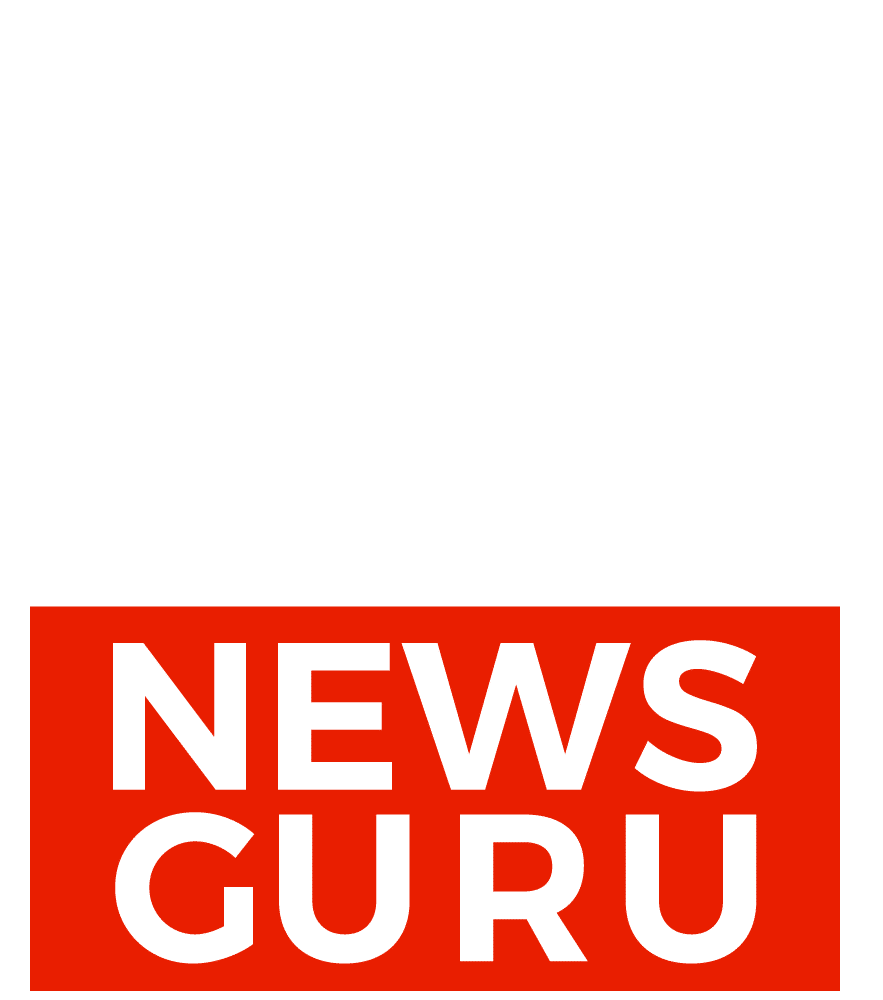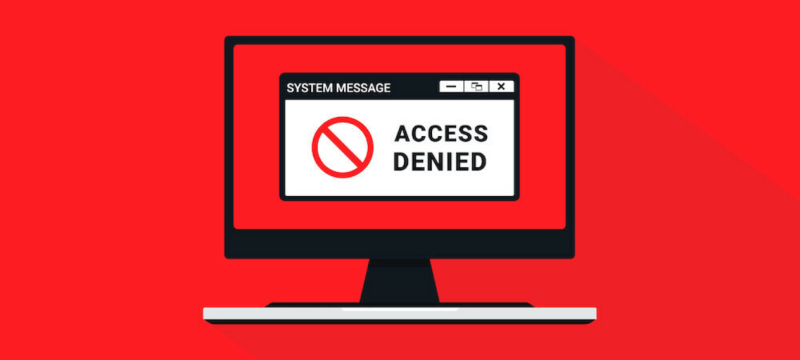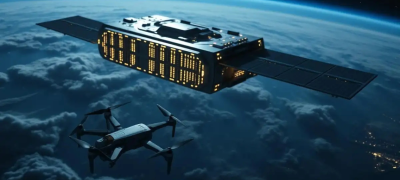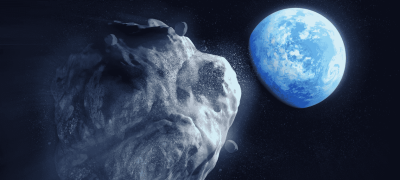Pakistan once blocked YouTube in 2008, but the decision unexpectedly led to one of the largest internet outages in history. What was meant to be a domestic ban turned into a global disruption, showing just how fragile the web’s infrastructure can be.
In February 2008, the Pakistan Telecommunication Authority (PTA) directed internet service providers to block YouTube. The move came after the platform carried content considered offensive to Islam. The aim was to stop Pakistani users from accessing such material, which was linked to a controversial film by Dutch politician Geert Wilders.
To enforce the block, Pakistan Telecom diverted traffic meant for YouTube into what experts described as a “black hole.” However, a technical error occurred when this misconfigured route was shared with an international carrier, PCCW in Hong Kong. The faulty instructions quickly spread to other networks worldwide.
The result was a blackout that made YouTube inaccessible for nearly two-thirds of global internet users. For several hours, people across Asia and beyond found themselves unable to reach the site. In technical terms, Pakistan’s network was “pretending to be YouTube,” causing data to be misrouted into dead ends.
This event turned into a global talking point. Analysts said it exposed the risks of state-led internet censorship in an interconnected world. Harvard researcher John Palfrey remarked that it revealed the “folly” of trying to filter the internet at a national level.
Although YouTube later confirmed the disruption came from a Pakistani network and pledged to prevent repeats, the 2008 incident is still remembered. Pakistan once blocked YouTube with the intent of censorship, but the misstep instead became a case study in how a single decision inside one country can ripple across the globe.
In other news read more about: Top Pakistani YouTube Channels Revealing Indian Propaganda Blocked by Modi’s Govt







